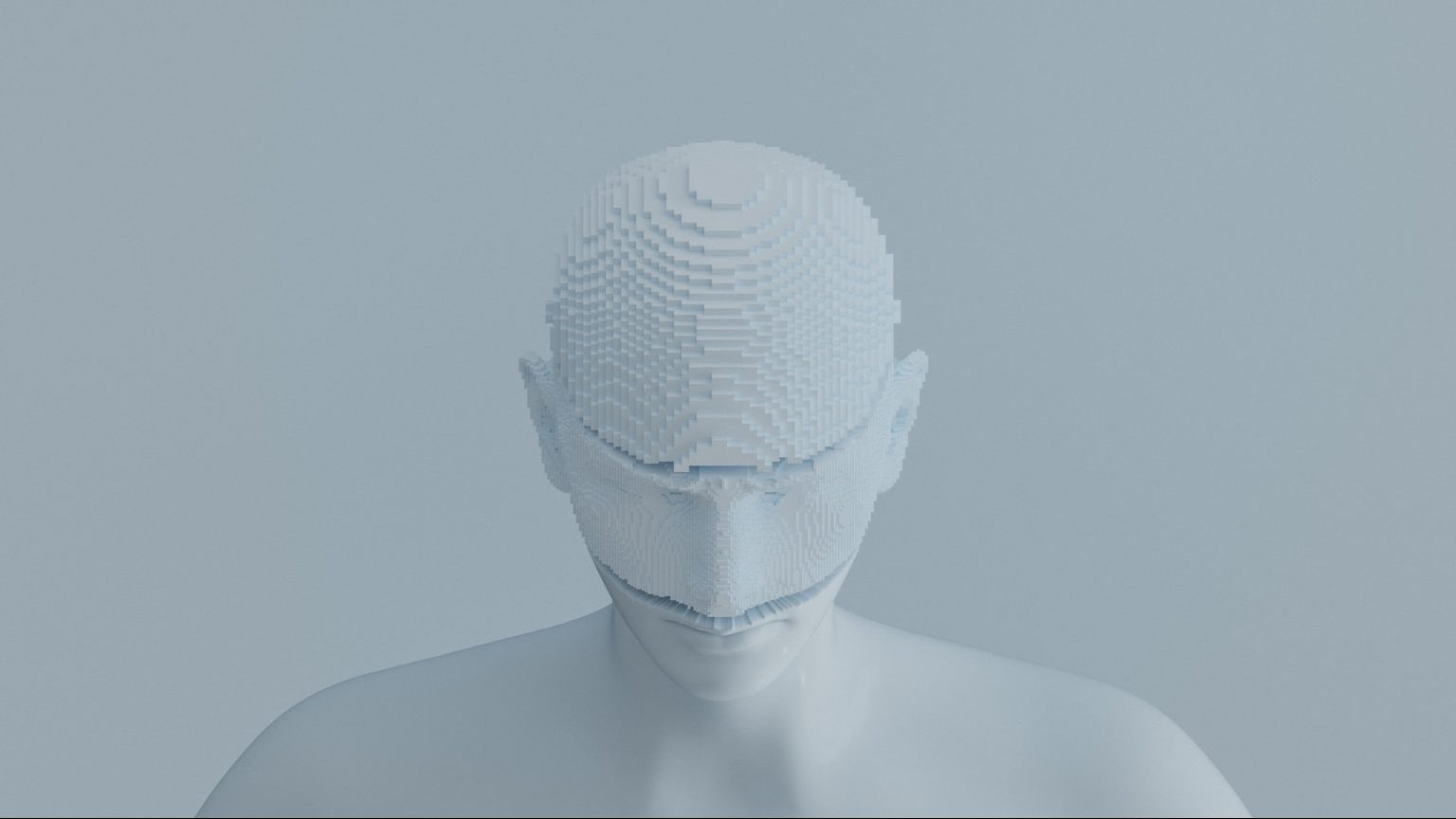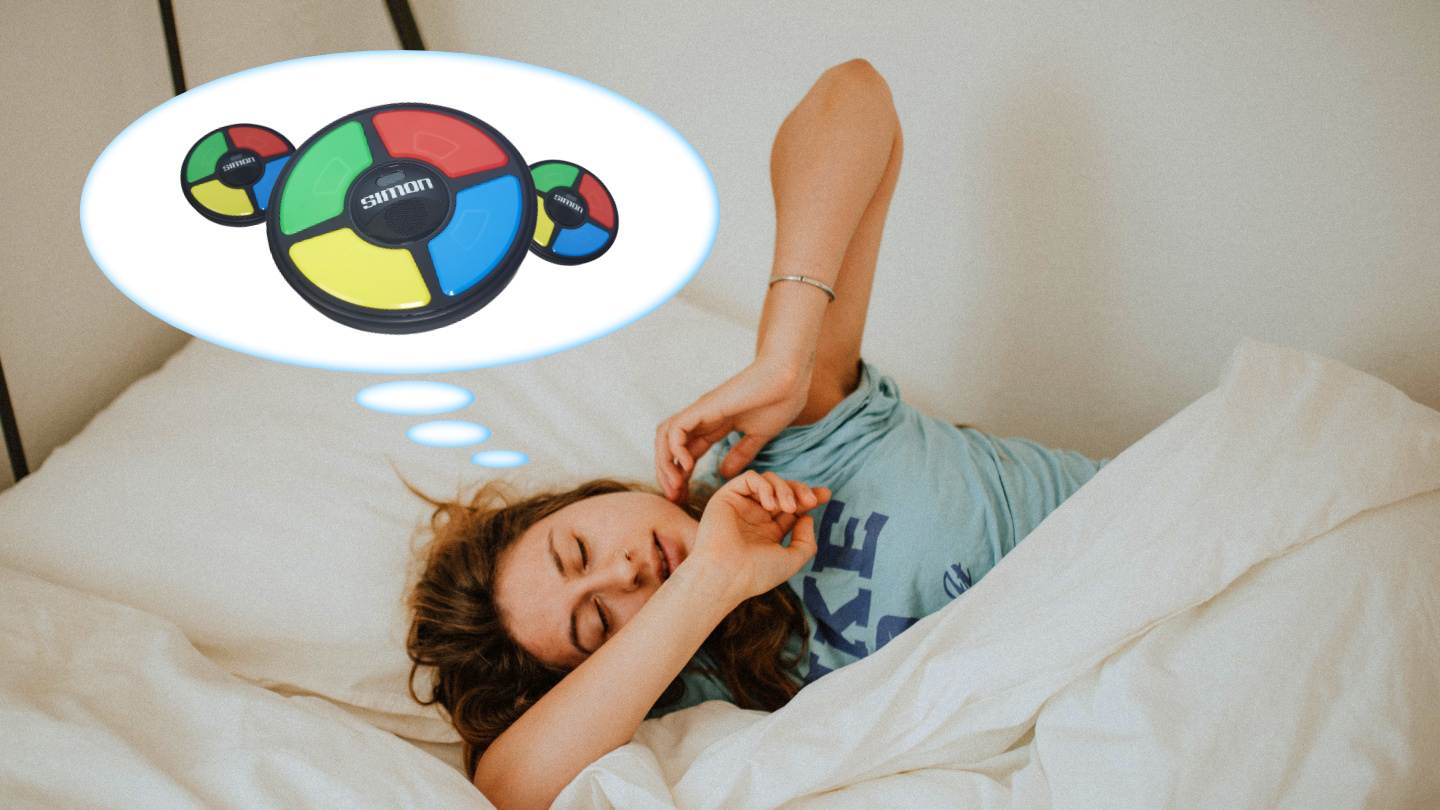How the Brain Functions Like a Social Network

What’s the Latest Development?
Researchers have discovered a new essential function for half of the brain’s cells. Called glia cells, scientists have known them to hold the brain’s neurons together, protecting the cells that determine our thoughts and behavior. But now they believe glia cells do much more, actually regulating the synapses and sorting information for learning purposes. “Messages may originate with the neurons, which use the synapses as their delivery system, but the glia serve as an overall moderator, regulating which messages are sent on and when.”
What’s the Big Idea?
The glia model, developed at Tel Aviv University, provides science with a new view of how the brain functions and could be used in the treatment of neurodegenerative diseases like Alzheimer’s and epilepsy. Researchers believe it will also aid computer engineers: “The model will provide a new tool to begin revising the theories of computational neuroscience and lead to more realistic brain-inspired algorithms and microchips, which are designed to mimic neuronal networks.”
Photo credit: shutterstock.com





